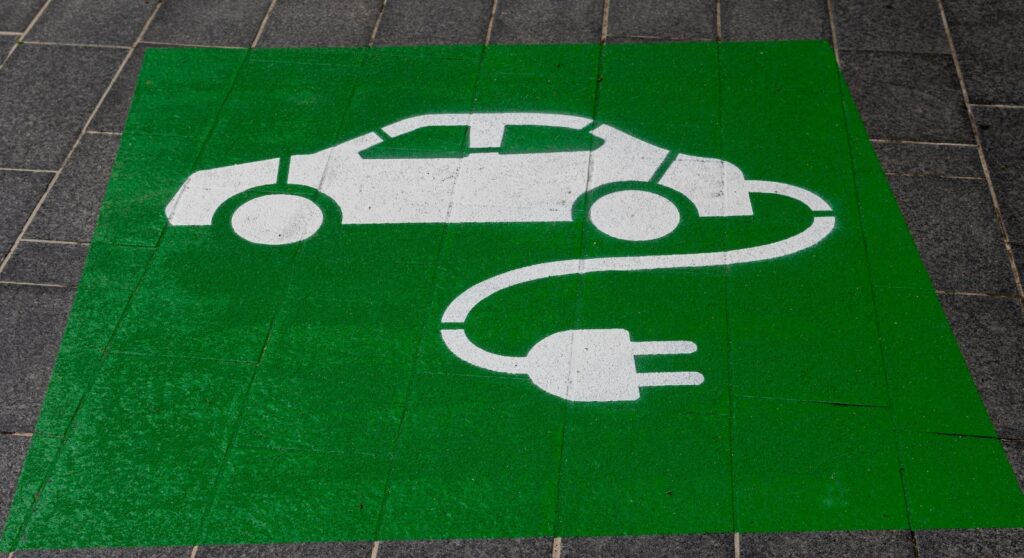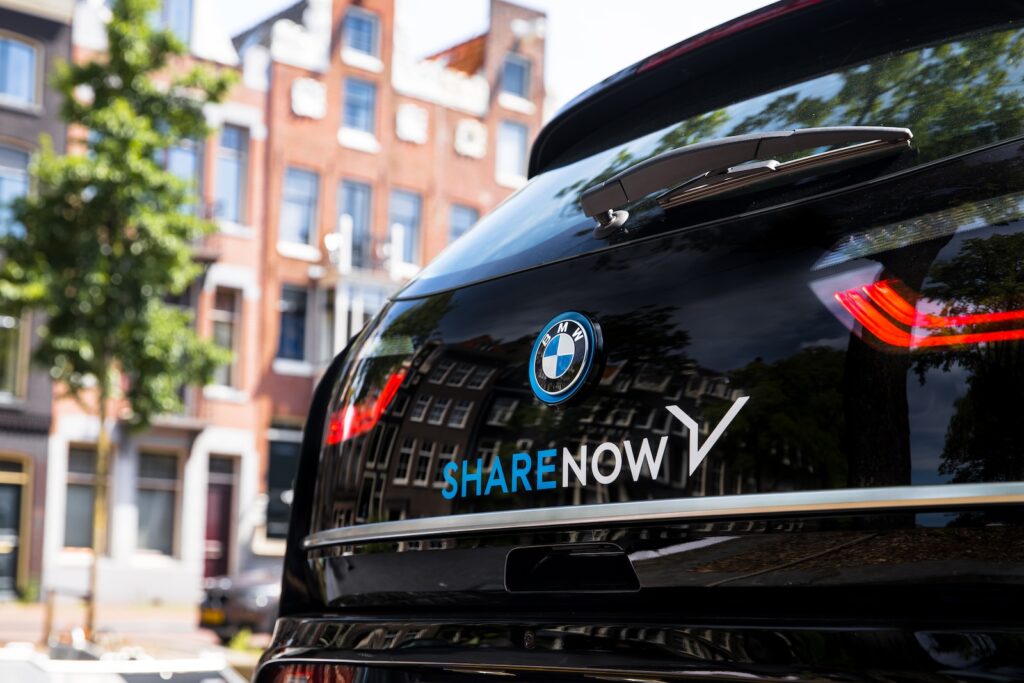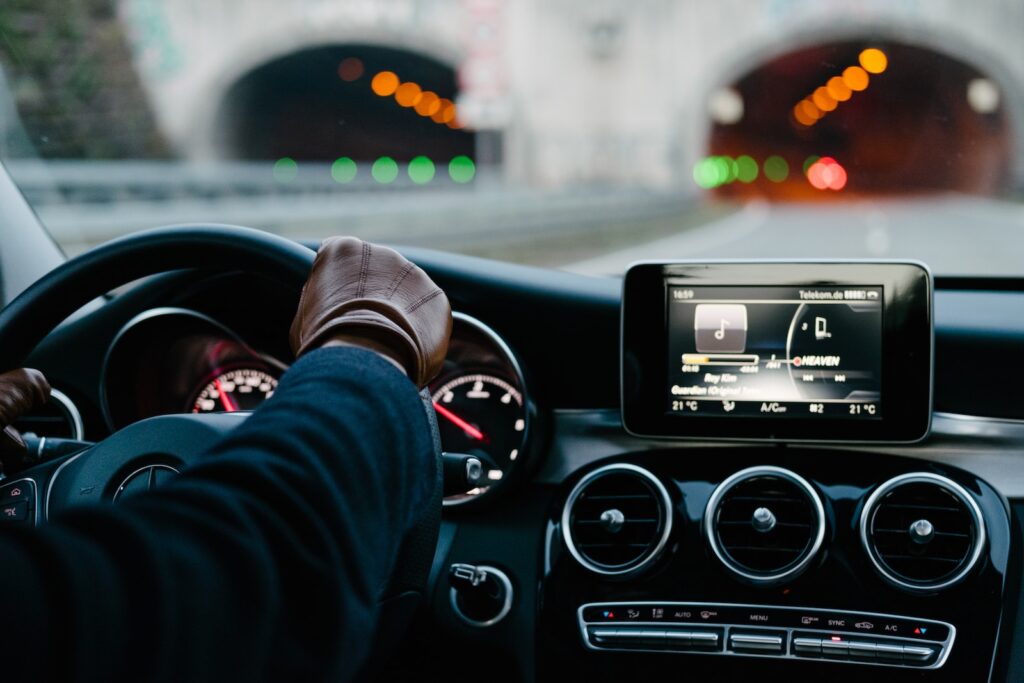Commuting has always been a part of our daily routine, but with the advancement of technology, it has become more comfortable and convenient. Commuting technology has come a long way, from the invention of the bicycle to the development of electric cars, and it continues to evolve. Today, there are various technological advancements that make commuting easier and more efficient.
One of the most significant advancements in commuting technology is the rise of electric vehicles. Electric cars have become increasingly popular due to their eco-friendliness and cost-effectiveness. They offer a sustainable and efficient mode of transportation that reduces our carbon footprint and saves us money on fuel.
Another trend in commuting technology is the rise of smart transportation systems. These systems use advanced technology to provide real-time traffic information, optimize routes, and reduce congestion. They use sensors, cameras, and other technologies to gather data and provide commuters with the most efficient route to their destination. Smart transportation systems have the potential to revolutionize the way we commute, making it faster, safer, and more efficient.
Table of Contents
The Evolution of Commuting Technology
As technology has advanced, so too has the way we commute. From horse-drawn carriages to cars, the way we travel has changed dramatically over the years. In this section, I will explore the evolution of commuting technology, including the advent of public transport and the rise of ride-sharing apps.
From Horse Carriages to Cars
Before the advent of cars, horse-drawn carriages were the primary mode of transportation. While they were faster than walking, they were still relatively slow and required a significant amount of effort to operate. In the late 1800s, the first cars began to appear on the roads. These early vehicles were slow and expensive, but they represented a significant step forward in transportation technology.

Over time, cars became faster, more reliable, and more affordable. Today, cars are the most common form of transportation in many parts of the world. They offer a level of convenience and flexibility that was once unimaginable, allowing people to travel long distances quickly and easily.
The Advent of Public Transport
As cities grew and became more crowded, the need for public transportation became increasingly apparent. In the late 1800s, the first horse-drawn streetcars began to appear on the streets of major cities. These early public transportation systems were slow and unreliable, but they represented a significant step forward in transportation technology.

Over time, public transportation systems became faster, more reliable, and more affordable. Today, buses, trains, and subways are the most common forms of public transportation in many parts of the world. They offer a level of convenience and affordability that is unmatched by other forms of transportation.
The Rise of Ride-Sharing Apps
In recent years, ride-sharing apps like Uber and Lyft have revolutionized the way we think about transportation. These apps allow people to quickly and easily hail a ride from anywhere, at any time. They offer a level of convenience and flexibility that was once unimaginable, allowing people to travel quickly and easily without owning a car.

Today, ride-sharing apps are available in many parts of the world, and they are rapidly changing the way we think about transportation. They offer a level of convenience and affordability that is unmatched by other forms of transportation, and they are likely to continue to grow in popularity in the years to come.
Current Trends in Commuting Technology
As a commuter myself, I am always interested in new and innovative ways to make my daily commute more efficient and enjoyable. In recent years, there have been several exciting developments in commuting technology that have the potential to revolutionize the way we travel. Here are some of the current trends in commuting technology that I find particularly interesting:
Electric Vehicles
Electric vehicles (EVs) have been around for a while, but they have only recently started to gain widespread popularity. This is due in part to improvements in battery technology, which have made EVs more practical and affordable for everyday use. EVs are also becoming more stylish and feature-rich, with many models offering advanced safety features, infotainment systems, and other high-tech amenities.

One of the most significant advantages of EVs is their environmental friendliness. EVs produce zero emissions, which makes them a great choice for eco-conscious commuters. They are also much quieter than traditional gasoline-powered cars, which can make for a more pleasant driving experience.
Autonomous Vehicles
Autonomous vehicles (AVs) are another exciting trend in commuting technology. AVs are cars that are capable of driving themselves, using a combination of sensors, cameras, and other advanced technologies. While fully autonomous cars are still a few years away from becoming a reality, there are already many cars on the road that offer advanced driver assistance features, such as lane departure warning, adaptive cruise control, and automatic emergency braking.
One of the main benefits of AVs is their potential to reduce accidents and traffic congestion. AVs are designed to be safer and more efficient than traditional cars, which could lead to fewer accidents and less time spent sitting in traffic. They could also make it easier for people who are unable to drive, such as the elderly or disabled, to get around.
Smart Mobility Solutions
Finally, smart mobility solutions are becoming increasingly popular among commuters. Smart mobility refers to the use of technology to make transportation more efficient and convenient. This can include things like ride-sharing services, bike-sharing programs, and public transportation systems that are integrated with mobile apps and other digital tools.
One of the most significant advantages of smart mobility solutions is that they can help reduce traffic congestion and improve air quality. By encouraging people to use alternative modes of transportation, such as bikes or public transit, smart mobility solutions can help reduce the number of cars on the road and the amount of pollution they produce.
Overall, these are just a few of the current trends in commuting technology that I find most interesting. As technology continues to evolve, I am excited to see what other innovations will emerge to make our daily commutes more efficient, enjoyable, and eco-friendly.
Impact of Commuting Technology
As technology continues to advance, so does the way we commute. Commuting technology has had a significant impact on the environment, economy, and social aspects of our lives.
Environmental Implications
One of the most significant impacts of commuting technology is on the environment. With the rise of electric and hybrid vehicles, the carbon footprint of commuting has decreased. Additionally, the use of public transportation and ride-sharing services has reduced the number of cars on the road, leading to decreased congestion and emissions.
Furthermore, the integration of smart technology in transportation systems has led to more optimized routes and reduced fuel consumption. For example, the use of real-time traffic data has allowed for better traffic flow and reduced idling, leading to fewer emissions.
Economic Effects
Commuting technology has also had a significant impact on the economy. The rise of ride-sharing services and delivery apps has created new job opportunities and changed the way people work. Additionally, the use of public transportation has led to increased accessibility to job opportunities and economic growth.
Moreover, the integration of technology in transportation systems has led to increased efficiency and reduced costs. For example, the use of automated toll systems has reduced the need for tollbooth operators, leading to cost savings and increased efficiency.
Social Changes
The impact of commuting technology on society is also significant. The rise of ride-sharing services and delivery apps has changed the way people interact and socialize. Additionally, the use of public transportation has led to increased social mobility and accessibility.
Furthermore, the integration of technology in transportation systems has led to increased safety and security. For example, the use of surveillance cameras and real-time data analysis has led to a reduction in crime and increased public safety.
In conclusion, commuting technology has had a significant impact on the environment, economy, and social aspects of our lives. As technology continues to advance, it is important to consider the implications on these areas and continue to strive for more sustainable and efficient transportation systems.
Future of Commuting Technology
As technology continues to advance, the future of commuting is set to change in ways we can’t even imagine yet. In this section, I will explore some of the most exciting developments in commuting technology.
Artificial Intelligence in Commuting
Artificial intelligence (AI) is already transforming the way we commute. From self-driving cars to smart traffic management systems, AI has the potential to make commuting faster, safer, and more efficient. AI algorithms can analyze traffic patterns and optimize routes in real-time, reducing congestion and travel times. In addition, AI-powered vehicles can communicate with each other and with smart infrastructure, further improving safety and efficiency.
Hyperloop and High-Speed Rail
Hyperloop and high-speed rail are two technologies that could revolutionize long-distance commuting. Hyperloop is a proposed mode of transportation that would involve passengers traveling in pods through vacuum-sealed tubes at high speeds. Proponents of hyperloop claim that it could transport passengers at speeds of up to 760 mph, reducing travel times between cities to just a few minutes. Meanwhile, high-speed rail systems are already in use in countries like Japan, France, and China, with trains traveling at speeds of up to 200 mph. These systems could make commuting between cities faster and more comfortable than ever before.
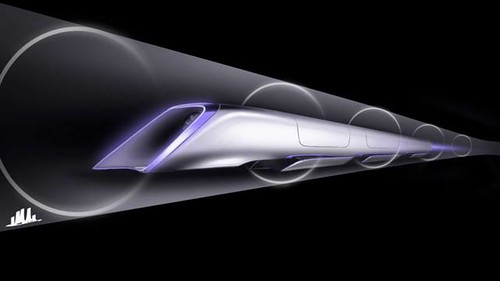
Flying Cars and Drones
Flying cars and drones are two technologies that could transform commuting in urban areas. Flying cars would allow passengers to bypass traffic on the ground, traveling through the air to their destinations. Meanwhile, drones could be used for last-mile delivery, transporting packages directly to people’s homes and workplaces. However, there are still significant safety and regulatory hurdles that need to be overcome before these technologies can become mainstream.
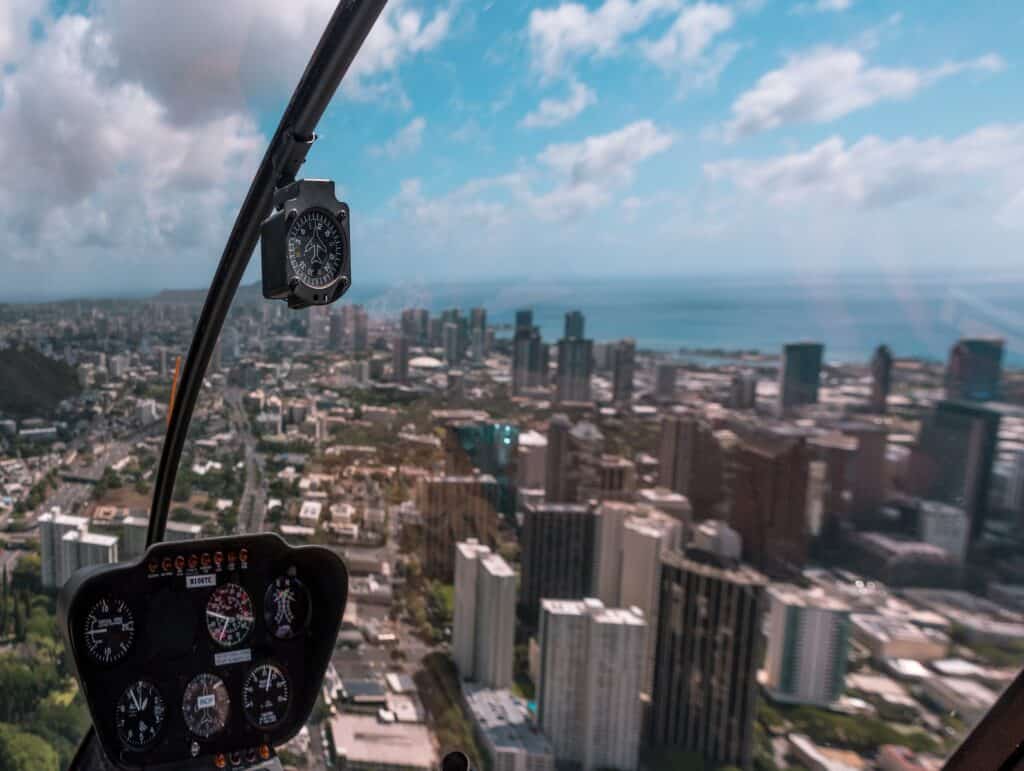
In conclusion, the future of commuting technology is exciting and full of possibilities. From AI-powered vehicles to hyperloop and high-speed rail, the way we commute is set to change dramatically in the coming years. While there are still many challenges to overcome, I am confident that these technologies will bring significant benefits to commuters around the world.
Challenges and Solutions
As with any new technology, there are several challenges that must be addressed when it comes to commuting technology. In this section, I will discuss some of the most pressing challenges and potential solutions.
Infrastructure Requirements
One of the biggest challenges facing commuting technology is the need for updated infrastructure. Many cities and towns were not designed with these new technologies in mind, and so the necessary infrastructure may not be in place. For example, electric cars require charging stations, and autonomous vehicles require specialized sensors and communication systems.
To address this challenge, governments and private companies must work together to invest in the necessary infrastructure. This may involve retrofitting existing infrastructure or building new infrastructure from scratch. In addition, it will be important to ensure that the infrastructure is standardized across different regions and countries to enable seamless travel.
Safety and Security Issues
Another challenge facing commuting technology is safety and security. As new technologies are introduced, there is always the risk of accidents or security breaches. For example, autonomous vehicles may malfunction or be hacked, leading to accidents or other safety issues.
To address these challenges, it will be important to prioritize safety and security in the design and implementation of new technologies. This may involve implementing strict safety standards and regulations, as well as investing in robust cybersecurity measures to prevent hacking and other security breaches.
Policy and Regulation
Finally, there are several policy and regulatory challenges that must be addressed when it comes to commuting technology. For example, there may be questions around liability in the event of an accident involving an autonomous vehicle. In addition, there may be concerns around the impact of these new technologies on jobs and the economy.
To address these challenges, it will be important to develop clear and consistent policies and regulations that take into account the potential benefits and risks of commuting technology. This may involve working with stakeholders from a range of industries, including transportation, technology, and government.
In conclusion, while there are certainly challenges associated with commuting technology, there are also a range of potential solutions. By investing in infrastructure, prioritizing safety and security, and developing clear policies and regulations, we can help ensure that these new technologies are able to deliver on their promise of safer, more efficient, and more sustainable transportation.



